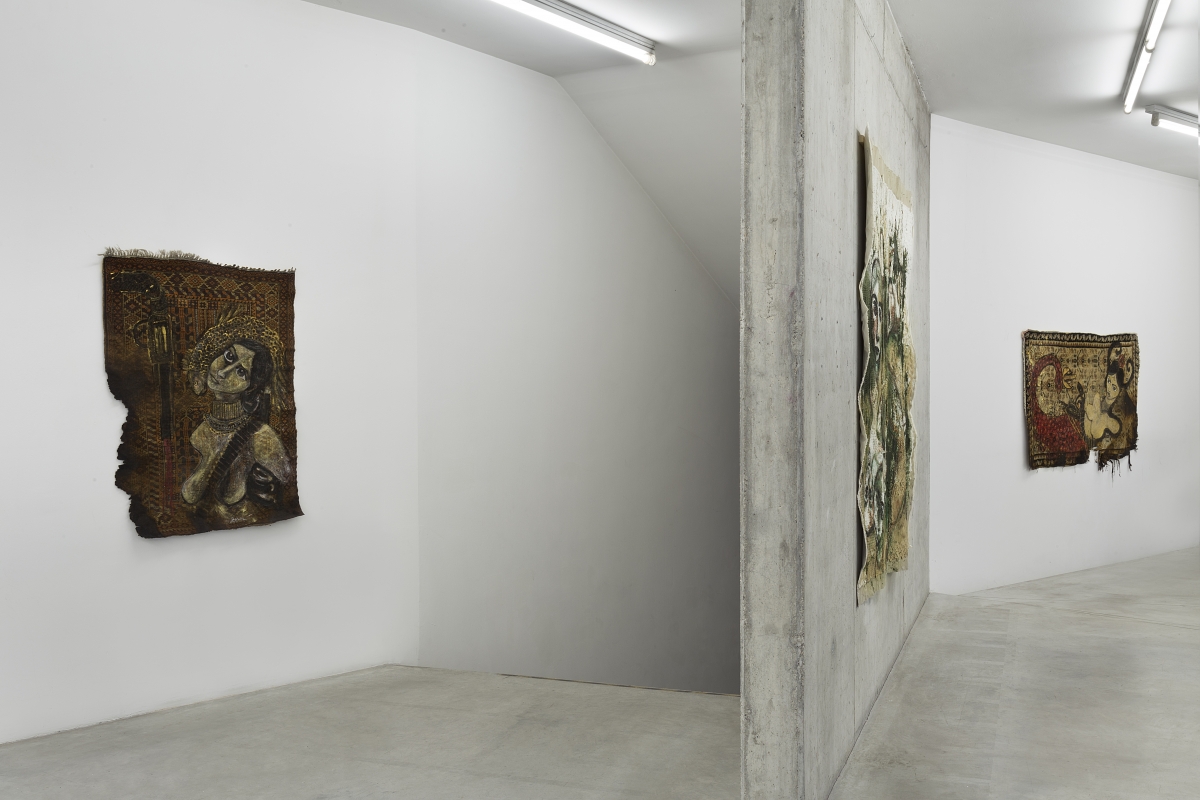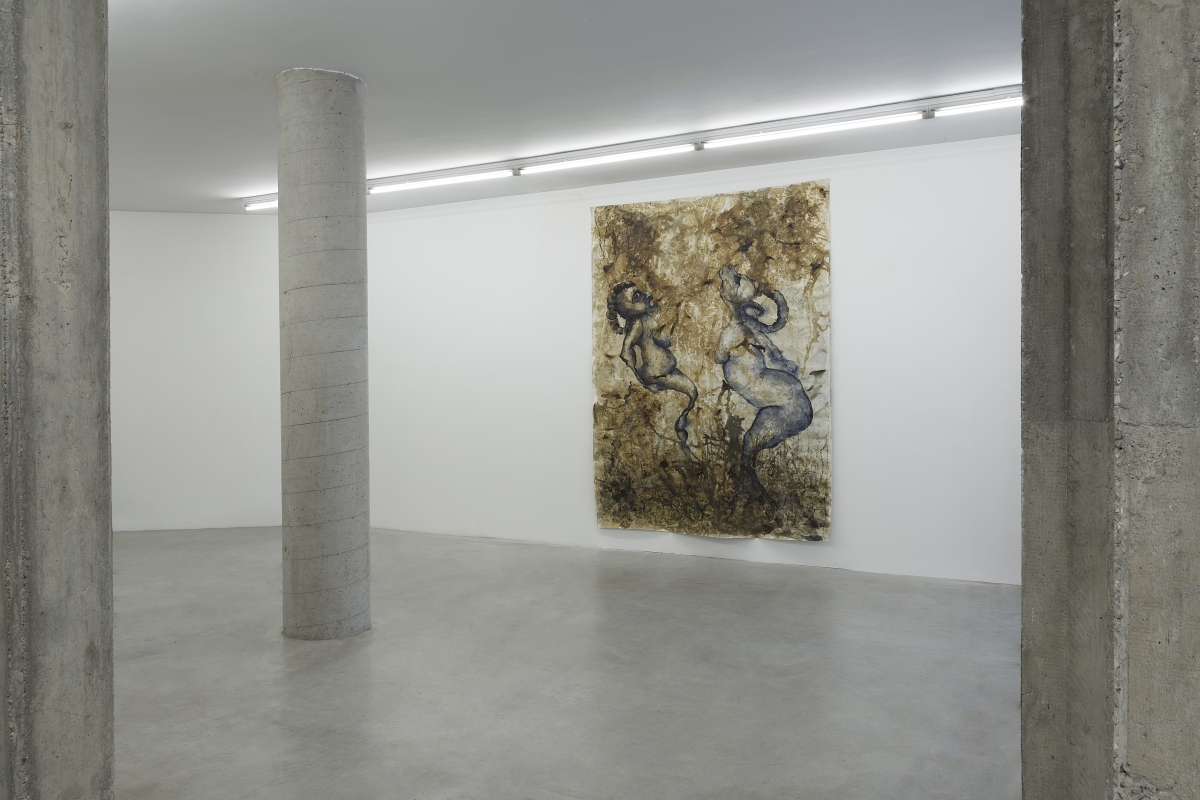I cookie ci aiutano a fornire i nostri servizi. Utilizzando tali servizi, accetti l'utilizzo dei cookie da parte nostra.
Beyond
Zehra Doğan
Tuesday, September 22, 2020 (from 4 PM), at Prometeo Gallery Ida Pisani (via Ventura 6, Milan), opens Beyond, the first solo exhibition of the artist Zehra Doğan in the gallery's Milanese space.
Fighter, active and contemplative, Zehra Doğan was born in 1989 in Diyarbakır, Turkey, but prefers to call herself Kur- dish. Through her actions and drawings, Zehra has mainly narrated a state that does not exist on maps, Kurdistan, the region inhabited by the Kurdish people and dismembered between Turkey, Syria, Iran and Iraq, with the fall of the Otto- man Empire.
As a paladin of her territory and for making the history of the Kurdish people known, in 2016 Doğan was accused of propaganda for the terrorist organization PKK, and as a result was arrested and sentenced to 2 years, 9 months and 22 days imprisonment.
Without ever giving up and despite all attempts to prevent her from doing so, Zehra continued to produce works inside the prison let people talk about her case. The world of culture, in fact -and not only-, rebelled against her imprisonment and supported her, as a woman and as an artist: from the associations for the protection of human rights, English Pen and Amnesty International, to the well-known artists Ai Weiwei and Banksy (author of a mural dedicated to her in New York); from the Tate Modern in London, to the Drawing Center in New York and, in Italy, to the Santa Giulia Museum in Brescia, who exhibited her works to make them known to the world.
Doğan's sweet and proud look won over Ida Pisani: the understanding between these two women's eyes was the solid foundation on which Beyond stands. Kurdish carpets, cloths and maps, menstrual blood, urine and natural mixtures: on these supports and with these materials Zehra Doğan painted, consciously and not out of constraint from traditional Western canons, to talk about female identity and body.
“How did the body become a prison for women when it cannot be solely a possession but rather a part of what we are? How was it possible to transform biology into ideology? How did human beings, by defining themselves through their bodies lock themselves into sexist norms?”.
Zehra's protest opposes a policy of disconnection from the self, which aims to subjugate the body, reducing it to an object.
The young artist renounces the conventional symbols of femininity and seduction, expressing her stance against the standard image of the female figure, without neglecting the use of allegorical references. This is how, in the succession of works that give shape to the exhibition, one can enter a precise historical reality that refers to violence, as a constant in Kurdistan, which is denied the recognition of independent state, and which claims freedom by showing nudity only to bring out physical and psychological wounds.
For the opening night of September 22nd (starting at 5 PM), Zehra Doğan conceived a performance entitled
Dress, for which she created a white dress, similar to a bride's dress, on whose long cut tails emerge calligraphic sym- bols - "forbidden words" the artist writes in the catalog -, which generate a constant association between female body, definitions and violence. The role of the present public will be essential in her questioning of the instinct for possession, the ambition for ownership and the notion of historical negation. These are mechanisms present in individual and col- lective memory that lead to acts of plundering and plundering of territories, as well as bodies, of others.
Inviting us not to stop denouncing a reality that is too often ethno-centric, racist and discriminatory, Zehra offers her example, her works and her reflections, the result of "a bit complicated story", analyzed in the catalog by Rischa Pater- lini's critical text.













